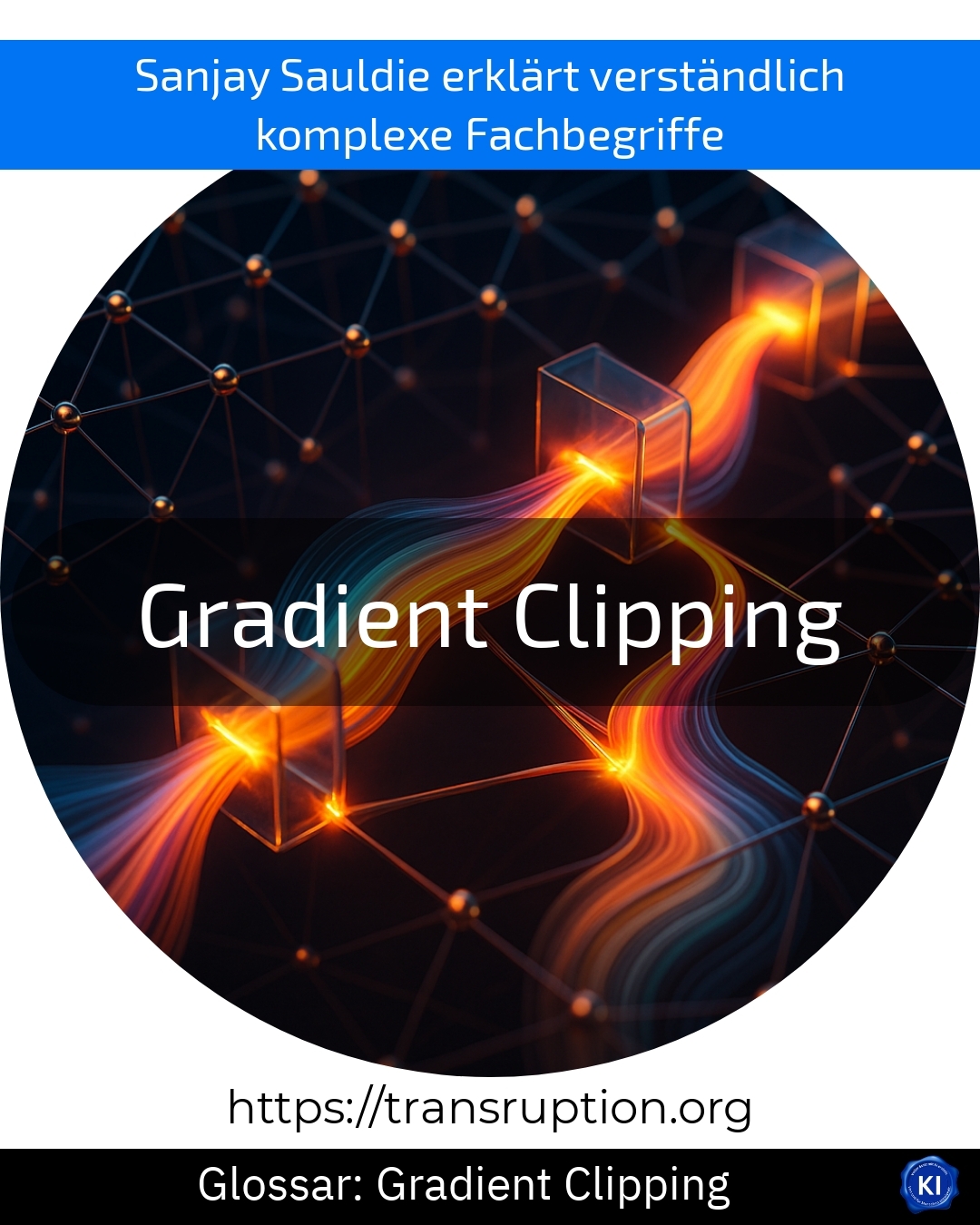Gradient clipping comes from the fields of artificial intelligence and big data. It is a technique that helps train neural networks - learning computer programs that can recognise speech or analyse images, for example.
Mathematical calculations are constantly carried out when training these networks, resulting in so-called "gradients". Sometimes, however, these become far too large. This can make the training unstable and ensure that the network does not learn correctly. Gradient clipping simply cuts off these excessively large values, thus keeping the learning process within a controlled framework.
Imagine you are training a sports team and someone suddenly sprints away extremely fast. This throws the whole team out of sync. With gradient clipping, you would say: "No faster than this maximum speed!" so that everyone can train better together.
These methods make the training of artificial intelligence more reliable and help to achieve useful results more quickly. This is why gradient clipping is particularly important for many modern applications - such as voice assistants or image recognition software.















